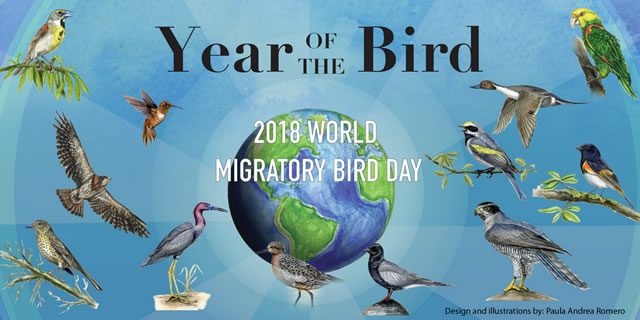Year of the Bird: Geolocators
How do we know where birds go when they migrate in the fall? This has been a big mystery for thousands of years. The ancient Greeks used to think that swallows hibernated at the bottom of ponds and lakes! Some people used to believe that small birds would ride on the backs of larger birds.
Today we have technology to help us out. One of the big limitations for studying songbirds is their size; most devices that can record locations or send a signal are too heavy for songbirds to carry. Now, however, we have devices called geolocators, which are small enough to put on birds as small as warblers. These units are giving us a lot of new information about where some of these birds go and how they get there. Cerulean Warblers have been found to winter in northern and central Columbia, and Louisiana Waterthrushes are wintering in Guatemala. By knowing this information, we can then work with those countries to protect the habitats these birds need during the winter.
One of the most interesting projects involves putting geolocators on Prothonotary Warblers. Some of those birds fly to Central America and spend several weeks there, then fly to the Caribbean and spend time there, and finally fly to South America until it is time to go north again! We definitely have a lot to learn about migration!
